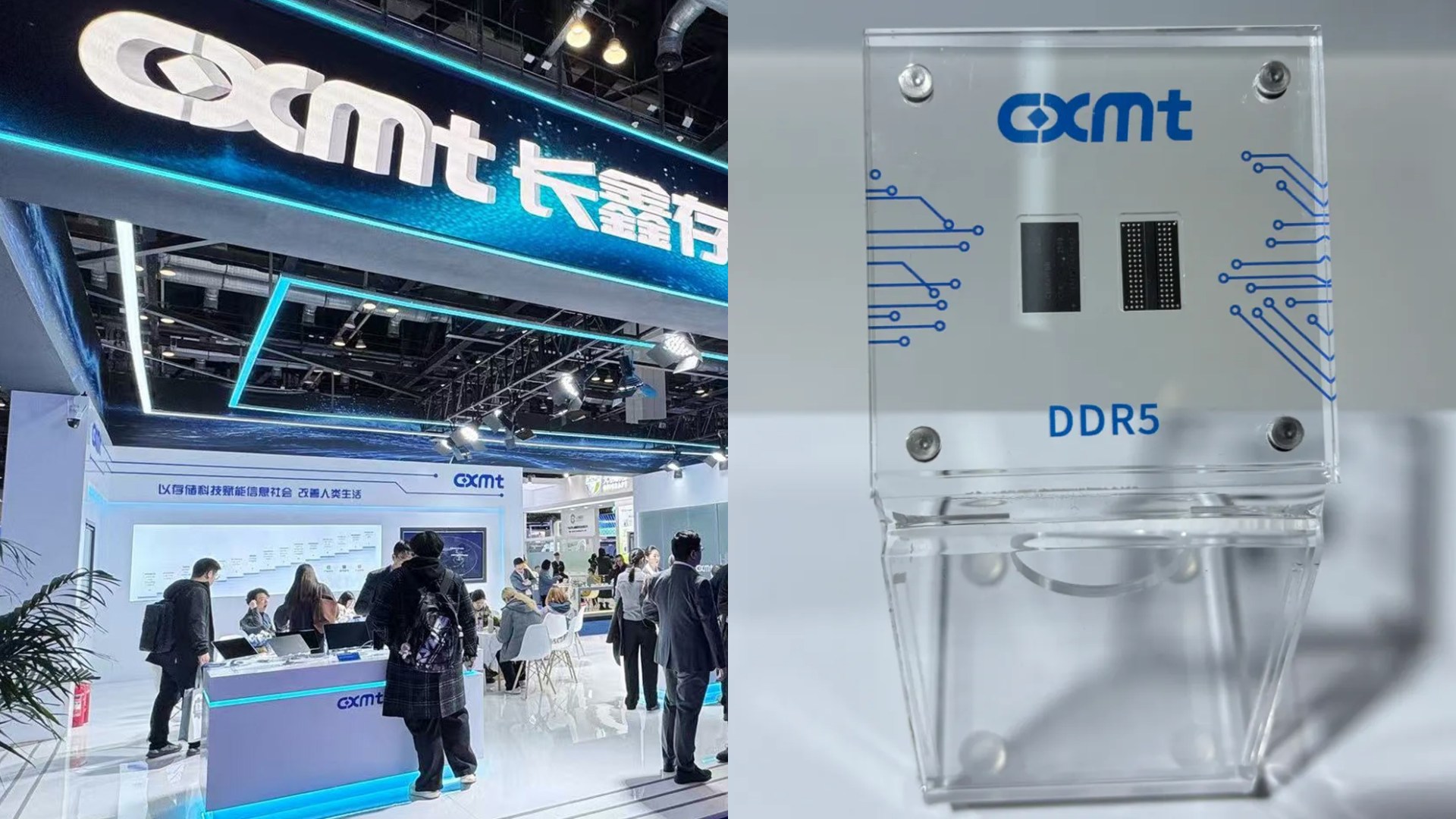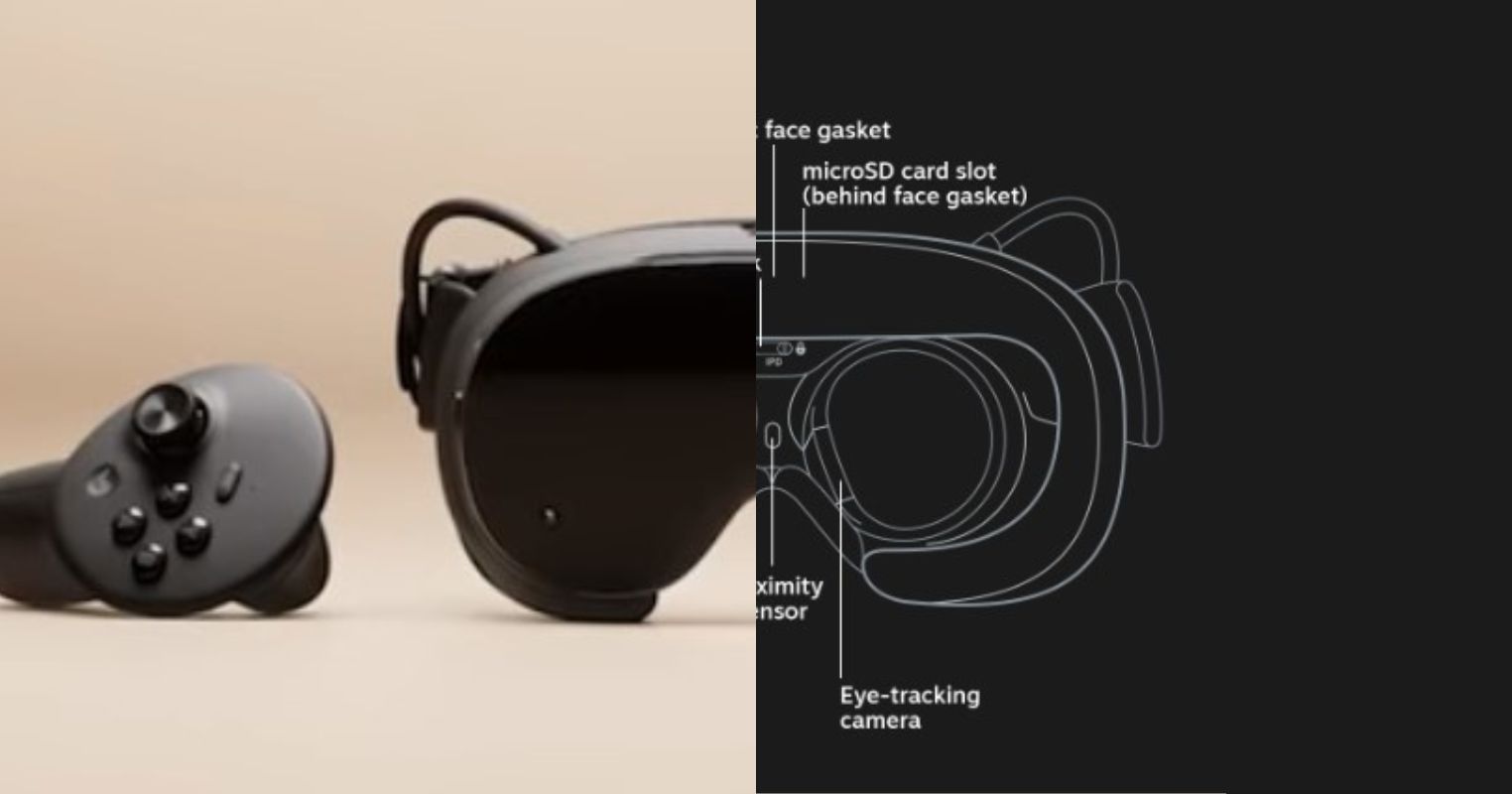- Back-connect PC builds help with easier installation processes and reduces cable clutter at the front of the PC.
- By moving most cable connectors at the back of the motherboard, airflow improves, leading to enhanced cooling capabilities.
- Back-connect PC components are still too costly as compared with traditional PC components.
- A lack of compatibility with back-connect PC components leads to difficulty in selecting parts for the build.
As someone deeply immersed in PC gaming, cable management has been one of the biggest hurdles in my PC-building adventures for the longest time. However, I instantly fell in love with the concept when back-connect PCs emerged. I was intrigued by clean cable management, easier cable routing, and a hassle-free building experience. Therefore, here’s why I think back-connect PC builds are the future.
The Ease Of Installation
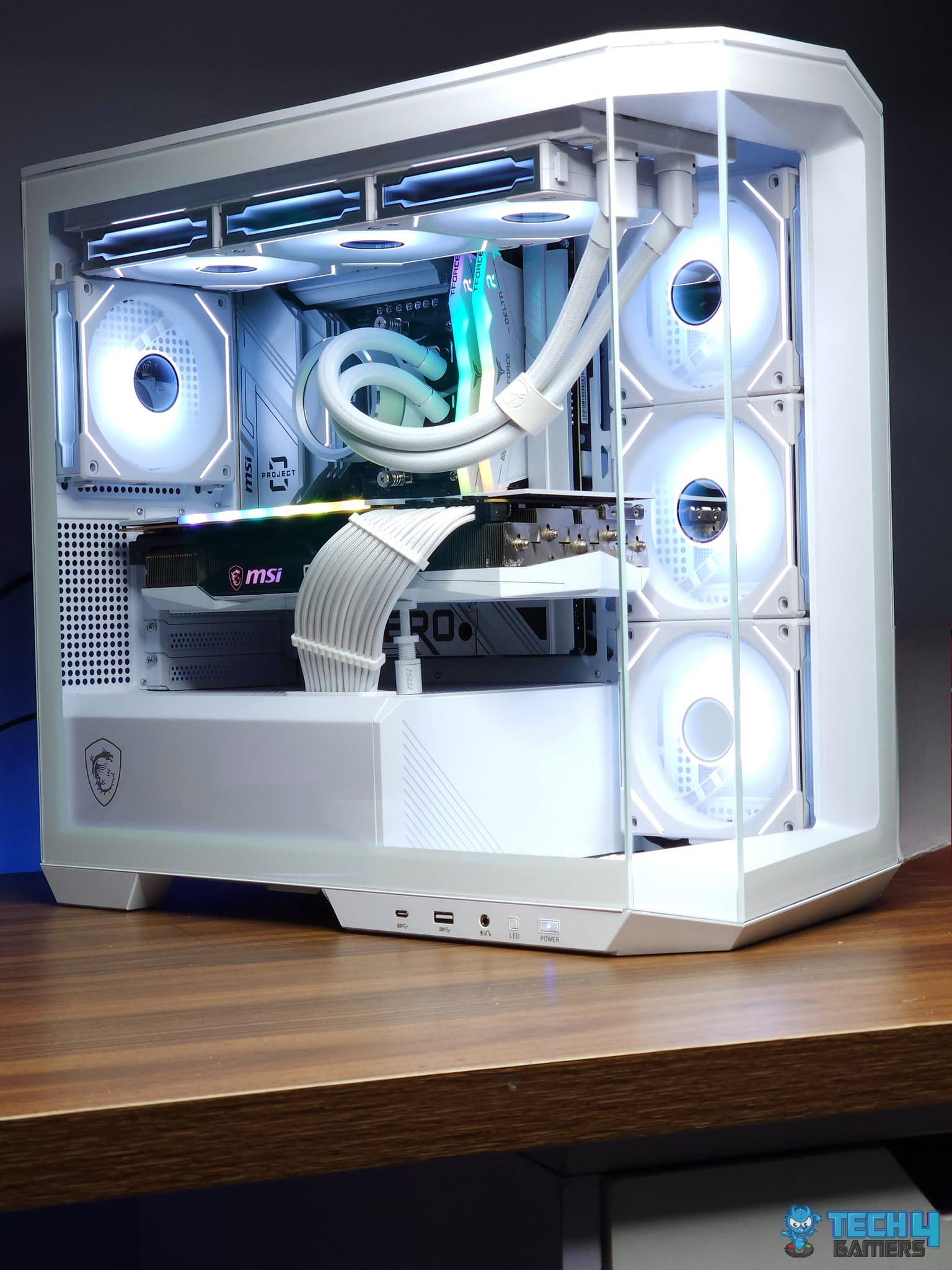
Traditionally, most connectors are at the front of the motherboard, which makes cable management slightly tricky. For builds where I had to place the power supply in the basement compartment of the PC case, the cables would tangle around and show at the front, destroying my PC’s aesthetics.
However, the motherboard effectively solves the problem with back-connect PCs by transferring most of the connectors to the back. This has yielded me with cleaner cable management and better PC aesthetics overall. The MSI Project Zero is a good start for this endeavor, as back-connect PCs still aren’t mainstream.
Enhanced Cooling Capabilities
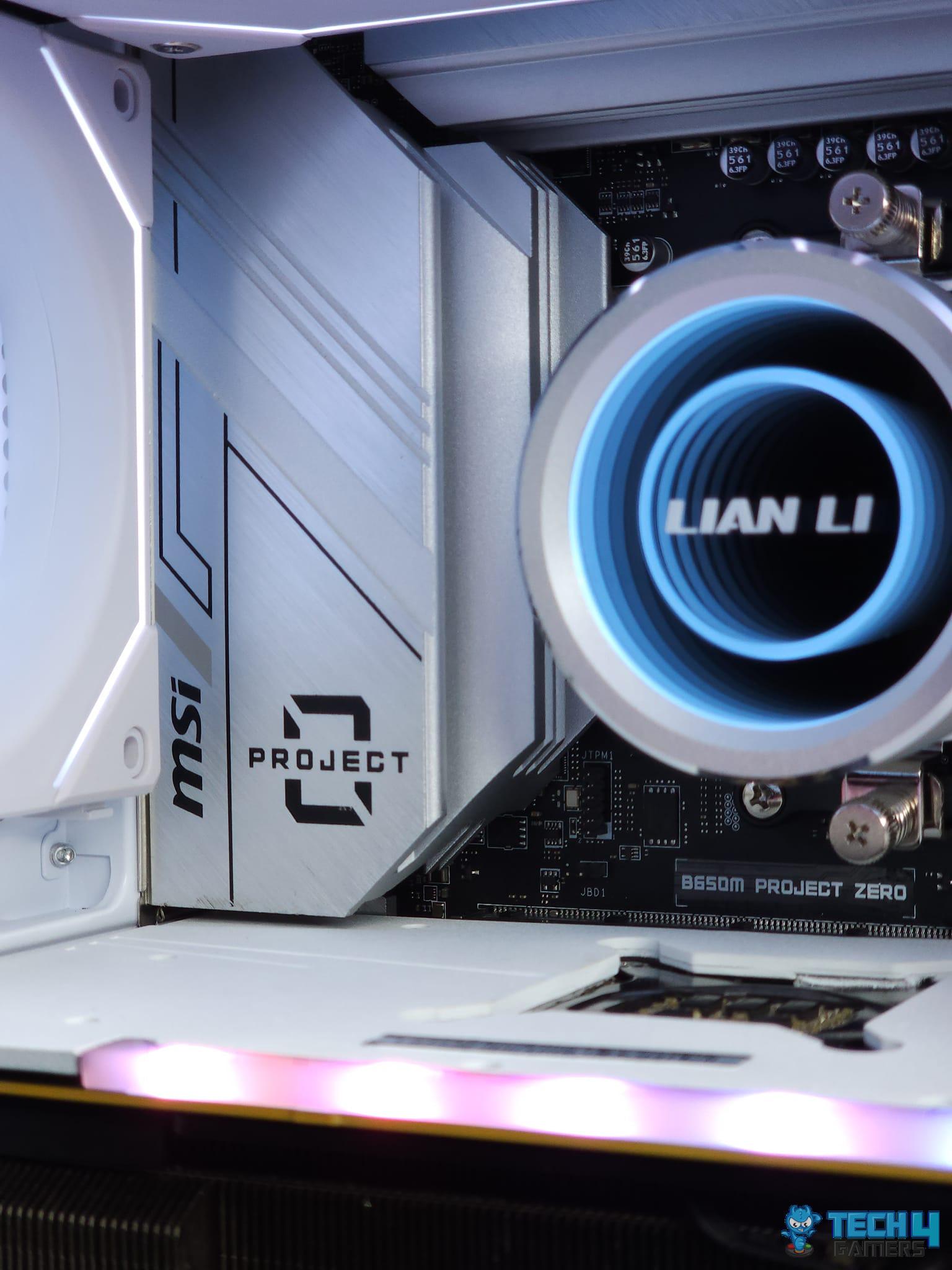
From my experience of building a back-connect PC, I noticed better cooling capabilities. I’ll personally attribute the enhancements to lesser obstructions at the front of the PC case that improve the overall airflow capabilities of the chassis. For example, the Corsair iCUE Link H150i LCD 360mm AIO cooler showcased better airflow than when I installed it in a traditional PC case.
Such a setup decreases the overall temperatures, improving overclocking capabilities for enthusiasts like myself. Furthermore, thanks to the lower risk of overheating, I no longer have to worry about thermal throttling any of my PC components. In any case, proper PC case fans and airflow still need to be considered when building.
Back-Connect PC Builds: Not A One-For-All Solution
Although I love the concept, back-connect PC builds aren’t a one-for-all solution due to a few implications. Here’s what I mean:
Cost And Value Implications
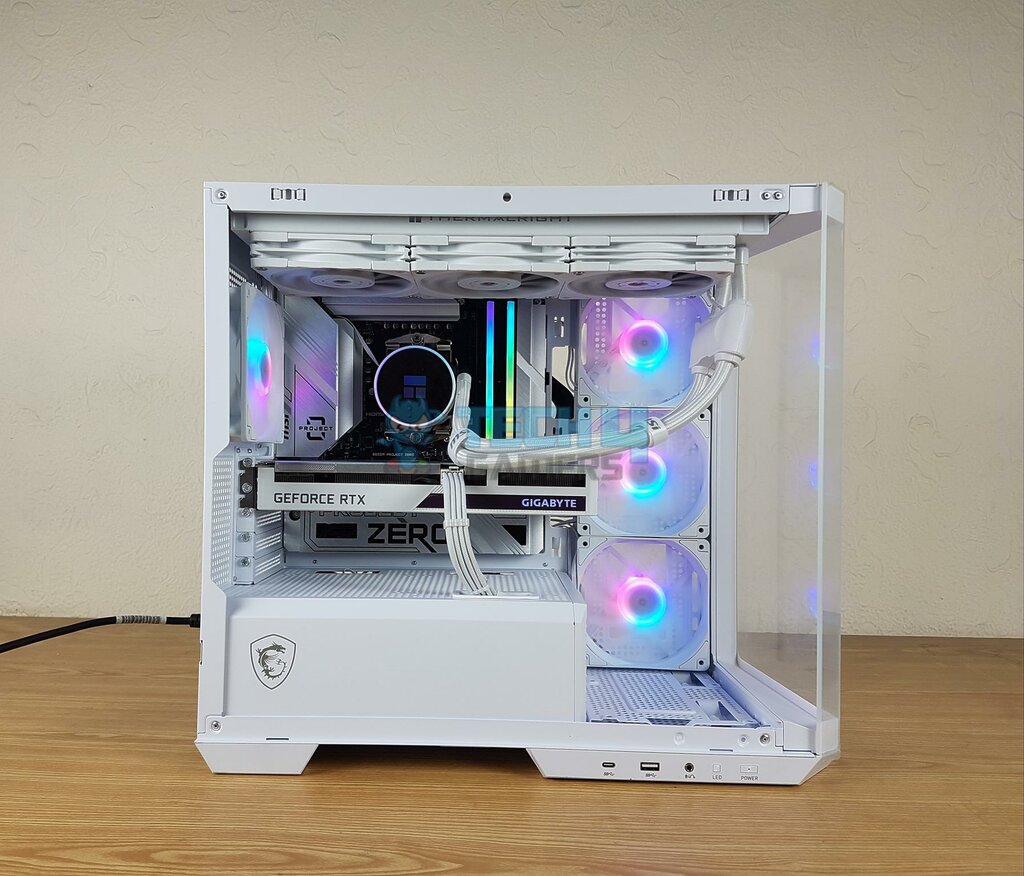
Because they’re not mainstream, back-connect PC components are pricier than what you’d traditionally purchase for a PC build. For example, the MSI B650M Project Zero motherboard is priced at ~$230, while the traditional version is available for ~$130 on Amazon. I also didn’t find a massive performance difference between both chipsets, with slight VRM and power delivery differences.
Similarly, the MSI MAG PANO M100R PZ PC case that supports back-connect technology has a steep price of ~$110, whereas the MSI MAG FORGE M100R is a mere ~$75. Thus, the pricing difference between components makes back-connect PC builds a difficult choice unless you’re like me and want a more straightforward installation process without worrying about the cables sagging below the GPU or showing at the top of the chassis.
Lacking Compatibility
I love the back-connect PC technology. However, they’re still relatively new on the market, and because of that, the technology doesn’t have much support. What that entails is that not all PC components are compatible with each other when building such a PC. In the same fashion, not all traditional PC components are compatible with back-connect components.
That’s why I also had difficulty choosing what PC parts I should use within my build. While a few pre-builds are available, companies such as ASUS provide parts separately and allow you the freedom to build as you please. That is another reason users are skeptical about building back-connect PCs, as they require more research to incorporate PC parts.
A Step Towards The Future Of DIY
As technology progresses, I am certain back-connect PC builds are the future with their more straightforward DIY process, better aesthetics, and lower thermals. Sure, there are a few issues with compatibility and pricing currently, but with time, as the technology gains recognition, these issues will also be solved.
Once the back-connect PCs mature, cable management will become a thing of the past, and even the high-end PC components will stop thermal throttling and bottlenecking due to higher temperatures. It’s still a ways off; however, I am excited to see what the future holds for this innovation.
Thank you! Please share your positive feedback. 🔋
How could we improve this post? Please Help us. 😔
[Hardware Reviewer]
Awais Khan is a Tech Geek, conscientious, reliable, and hardworking individual who pays attention to detail with excellent time management skills. Alongside that, he is an expert in PC Hardware; dealing with Benchmarks, Analysis, and testing before sharing information with readers. Whenever free, Awais occasionally shares Gaming Videos on his YouTube Channel.
Get In Touch: awais@tech4gamers.com


 Threads
Threads